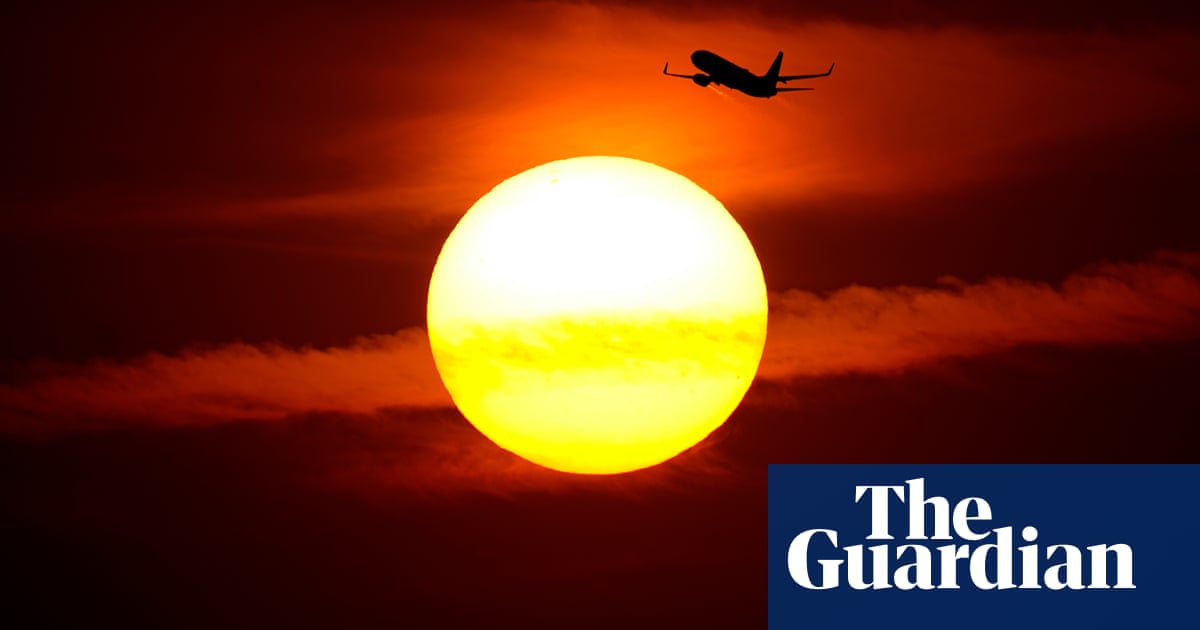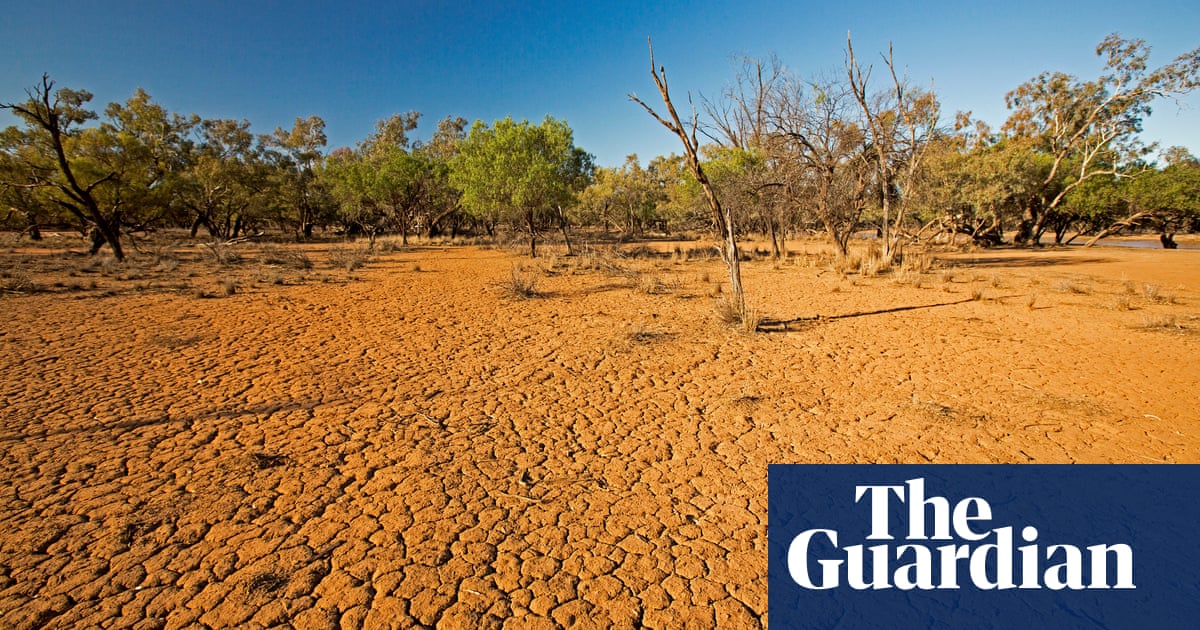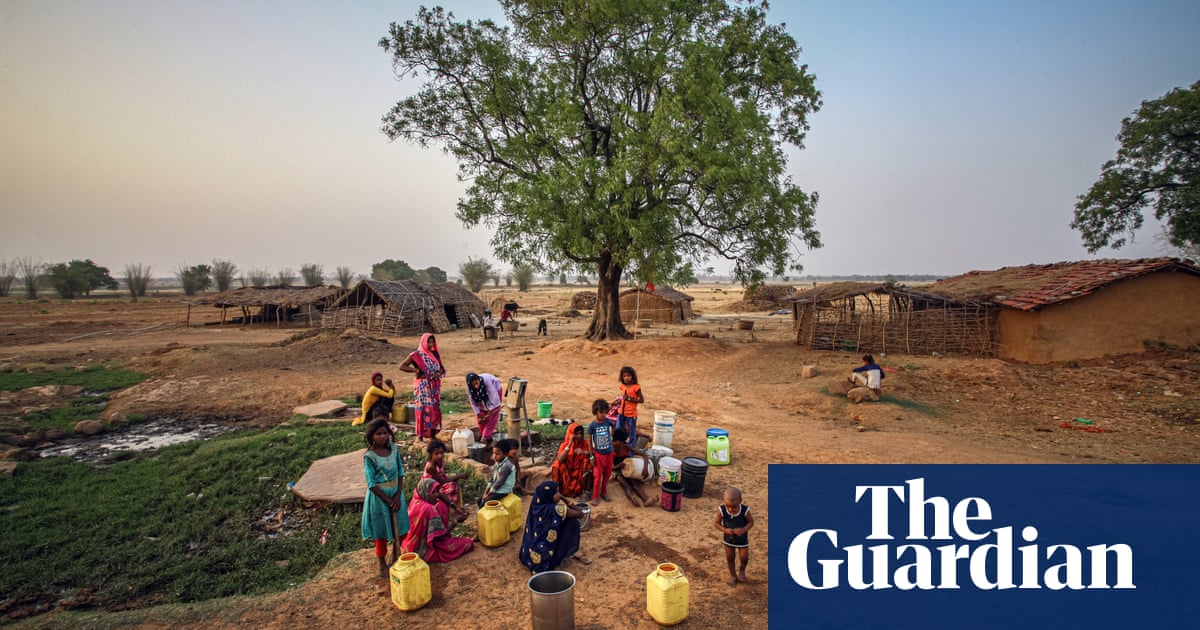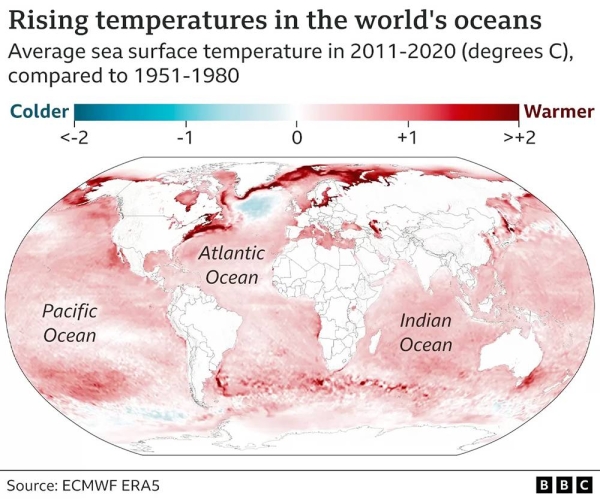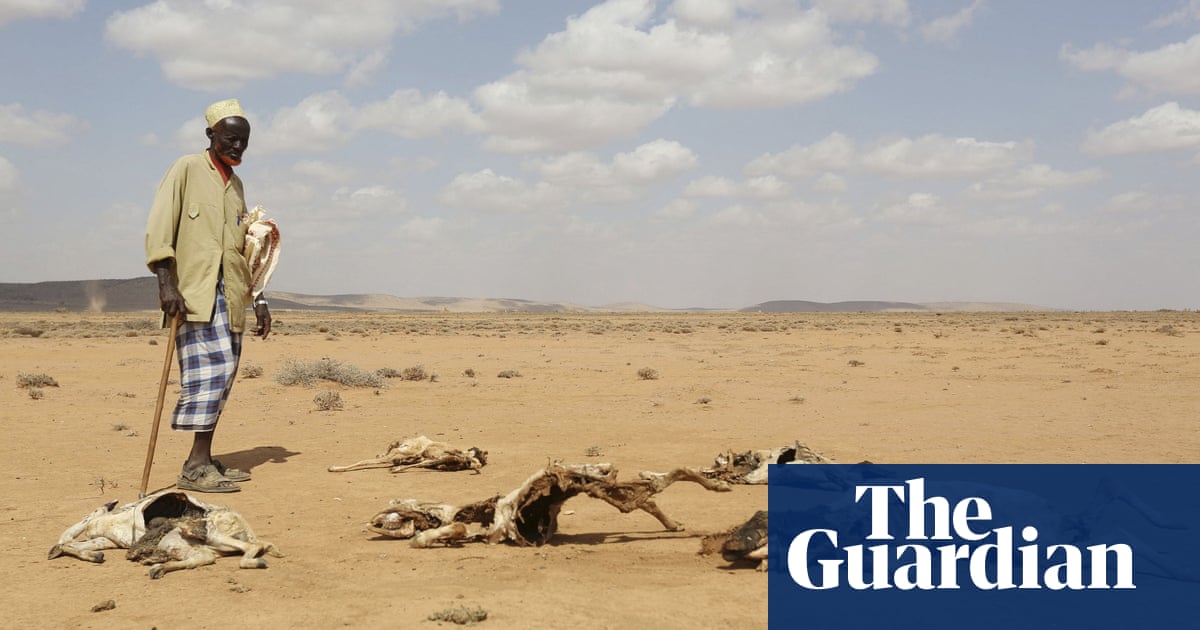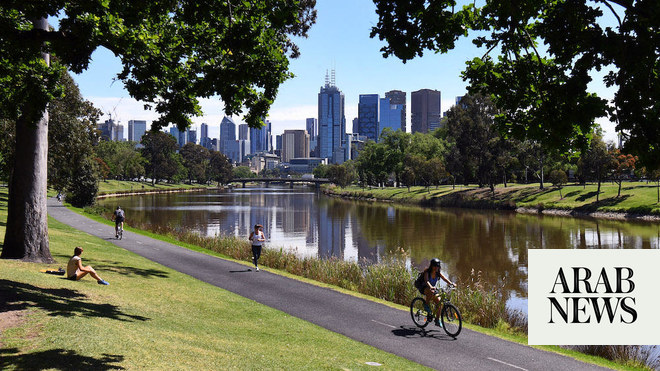
Australia’s weather bureau said the ‘early period of heat’ in many parts of the country was ‘very uncommon during September’
SYDNEY: Large parts of Australia were in the grips of “uncommon” spring heat on Saturday, the nation’s weather forecaster said, forecasting that record temperatures could be set on Sunday.
In Sydney, capital of Australia’s most populous state New South Wales, temperatures hit 34.2 degrees Celsius (93.5 degrees Fahrenheit) at Sydney Kingsford Smith Airport – more than 12 degrees above the September mean, according to Bureau of Meteorology data.
The heat burst came after the forecaster said this week that indicators of an El Nino weather event had strengthened and it would likely develop between September and November, bringing hotter, drier conditions to Australia.
The weather bureau said the “early period of heat” in many parts of the country was “very uncommon during September.”
“These temperatures will intensify from Sunday through Tuesday,” it said on Facebook, with temperatures 8 to 16 C (46.4 to 60.8 F) above average.
“Record September daytime and nighttime temperatures are expected from Sunday through Thursday across inland areas of South Australia, New South Wales and northeast Victoria.”
El Nino can prompt extreme weather events from wildfires to cyclones and prolonged drought, with Australian authorities already warning of heightened bushfire risks this summer.
A thick smoke haze blanketed Sydney for several days this week as firefighters carried out hazard reduction burns to prepare for the looming bushfire season.
At Bondi beach, Sydney resident Bella Callaghan was concerned about how hot it could get in coming months.
“We need extra strong sunscreen,” she said.
Another local, Danielle Vangou, was worried about runners in the Sydney marathon, set to take place on Sunday.
“I’ll be thinking about them tomorrow while I’ll probably be here swimming, but it’s gonna be tough for sure for them, so hopefully they have a bit of reprieve.”
Australia’s last two fire seasons have been quiet compared to the catastrophic 2019-2020 “Black Summer” of bushfires that destroyed an area the size of Turkiye and killed 33 people.




